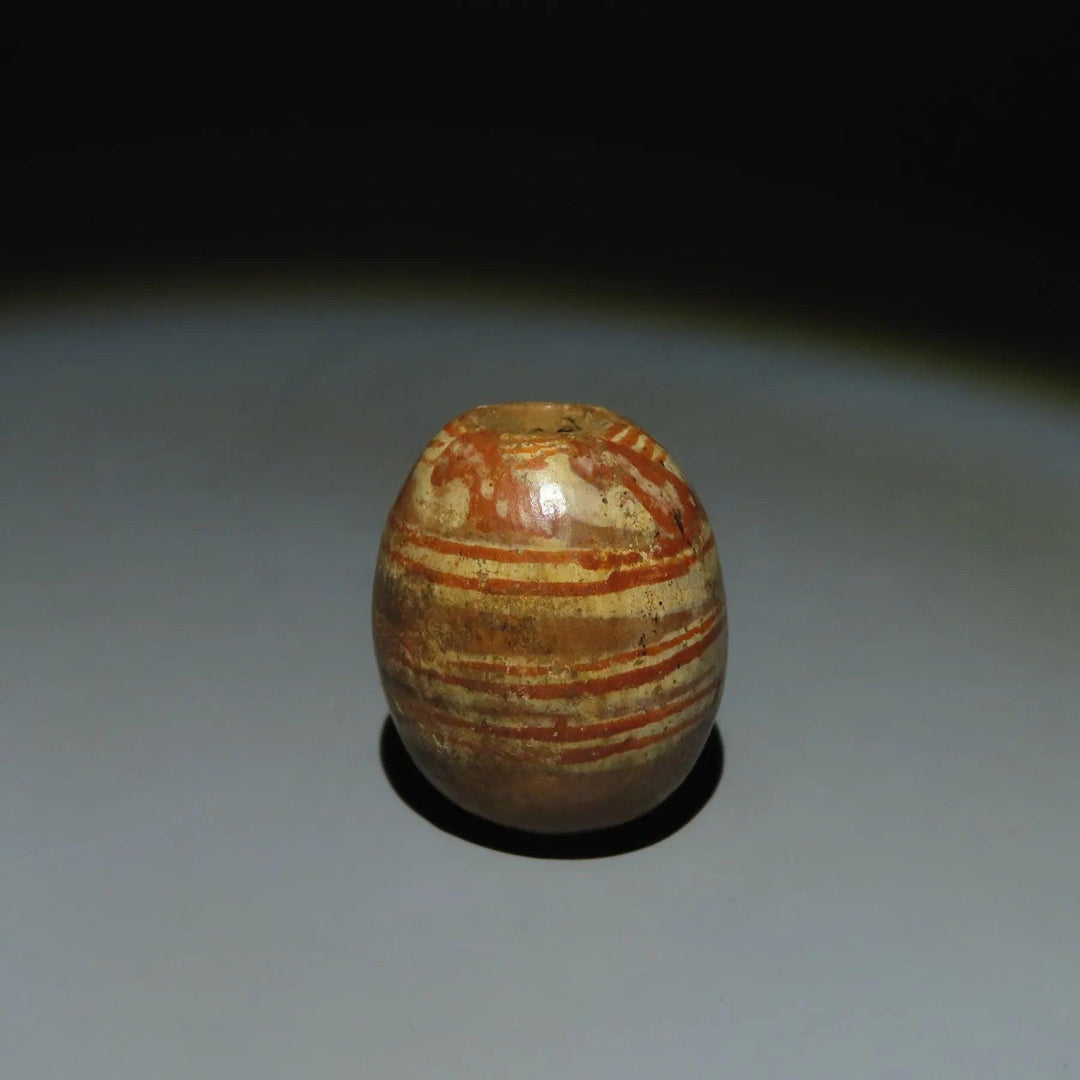Michel Vinaver, born Michel Grinberg (13 January 1927 – 1 May 2022), was a notable French writer and dramatist, rather than an archaeological collector. Born in Paris to Russian emigrant parents, Vinaver had a successful managerial stint at Gillette and was also the father of actress Anouk Grinberg. In 2006, he was honored with the Grand prix du théâtre de l'Académie française for his significant contributions to drama1.
Known for his collection of archaeological items, he appears to have had a particular interest in artifacts from ancient Mesoamerican cultures. Several pieces from his collection have been featured in auctions, showcasing a variety of artifacts from different periods and cultures. Notably, his collection includes:
- An Aztec, Cholula terracotta bust from the period 1250-1521 AD, which represents the goddess Xochiquétzal from Cholula, as per an interview Vinaver had on "France Culture" radio on January 9, 20221.
- A Tlatico terracotta duck-shaped vase dating back to 1200-900 BC, which Vinaver mentioned in the same interview, emphasizing the importance of preserving memories from humanity's past2.
- An Aztec terracotta fertility goddess from Huexotla, part of the Michel Vinaver collection, with accompanying Spanish Import License3.
- A Tlatico terracotta roller stamp from 1200-900 BC, also part of the Michel Vinaver collection, with Spanish Import License4.
These artifacts hint at a rich and diverse collection, with a clear focus on Mesoamerican cultures and early periods. Each item from his collection comes with provenance information, and in some cases, with documentation such as import licenses, indicating a level of diligence in adhering to legal and authenticity aspects surrounding the collection and acquisition of archaeological artifacts.
While the available information outlines some aspects of Michel Vinaver's collection, there isn't a comprehensive biography or detailed background on his involvement in archaeology or collecting, or any notable recognitions within the archaeological or collecting communities. Nonetheless, the artifacts from his collection reflect a profound interest in and appreciation for historical and cultural artifacts from ancient Mesoamerican civilizations.




